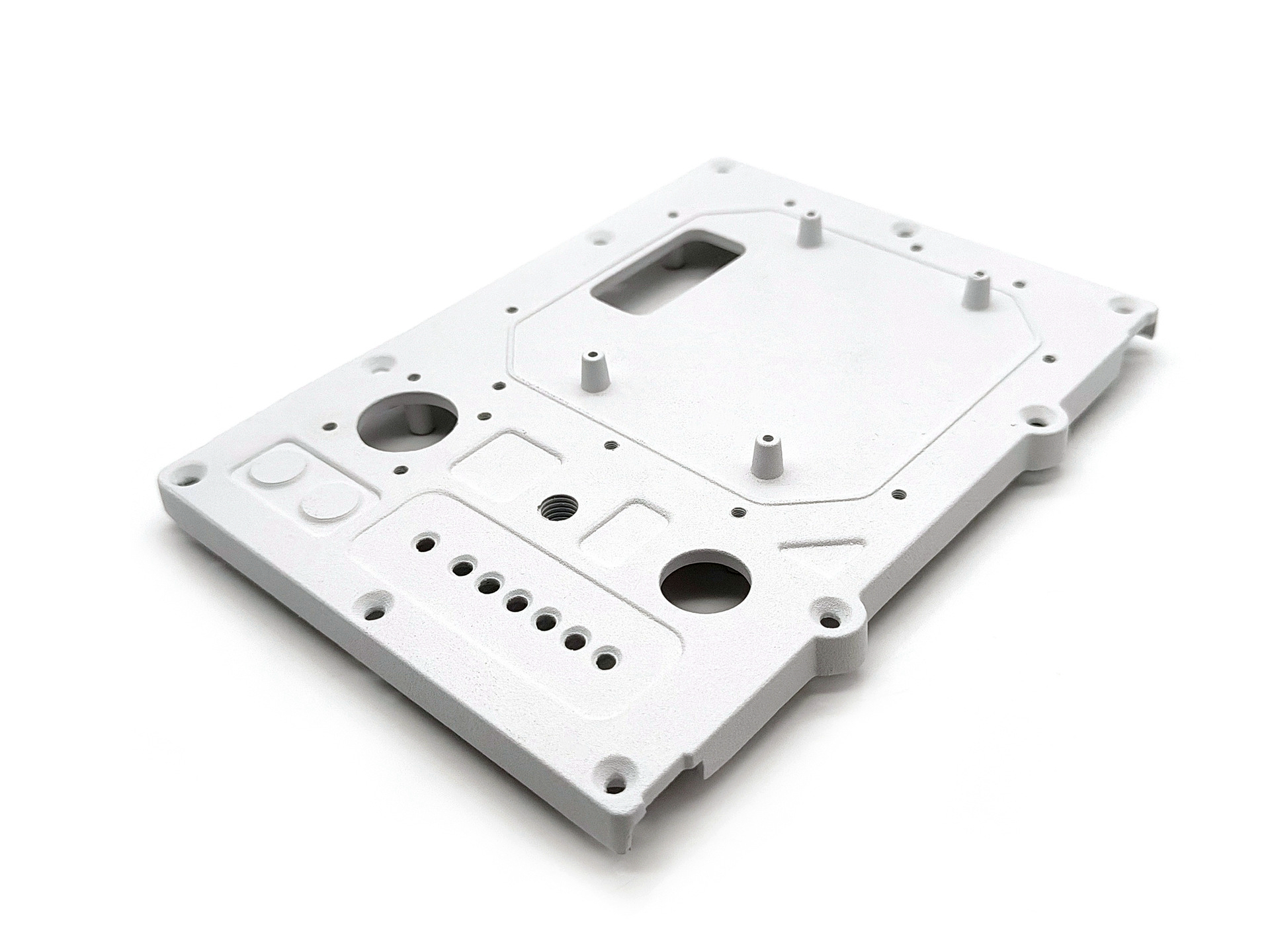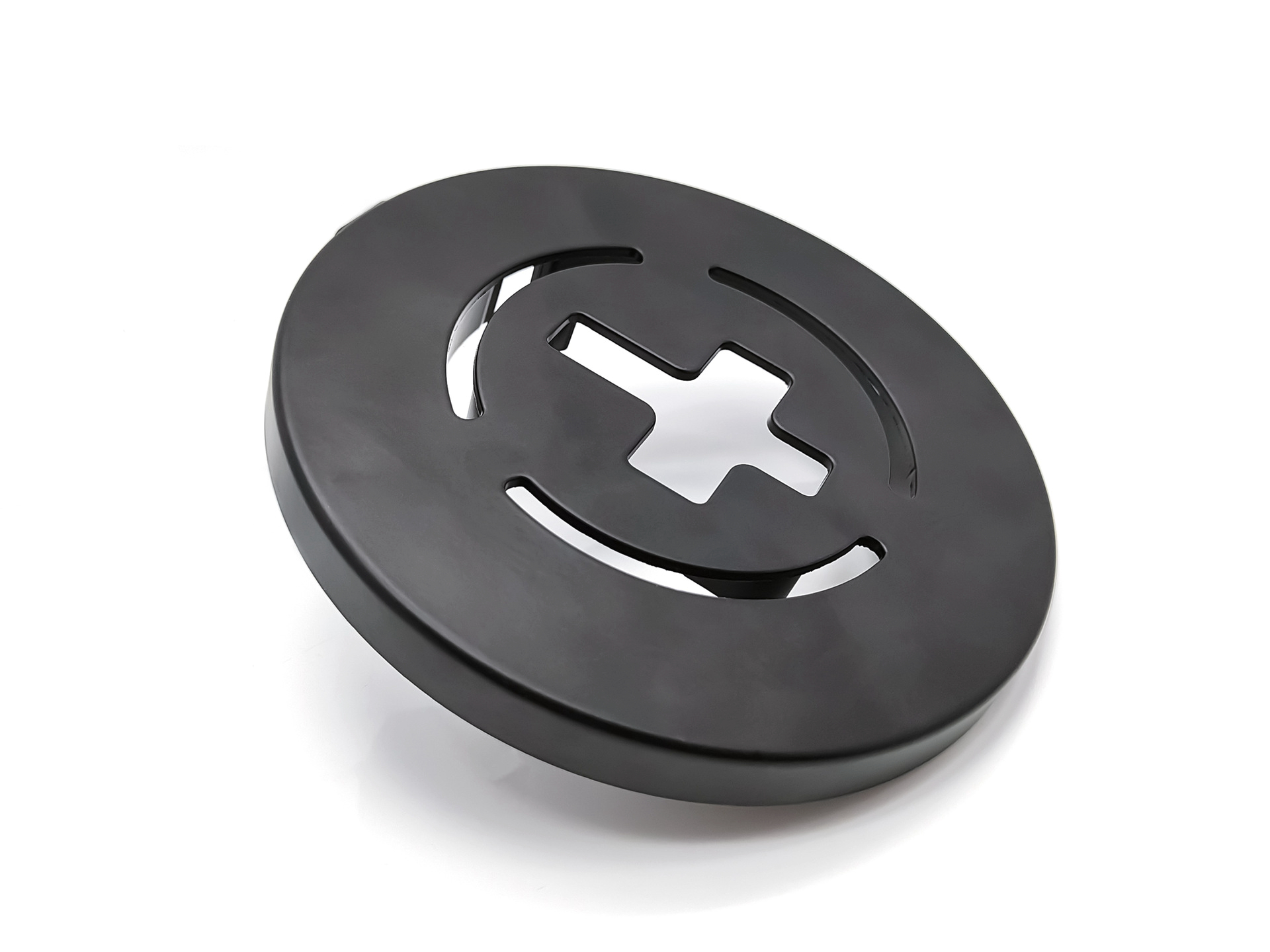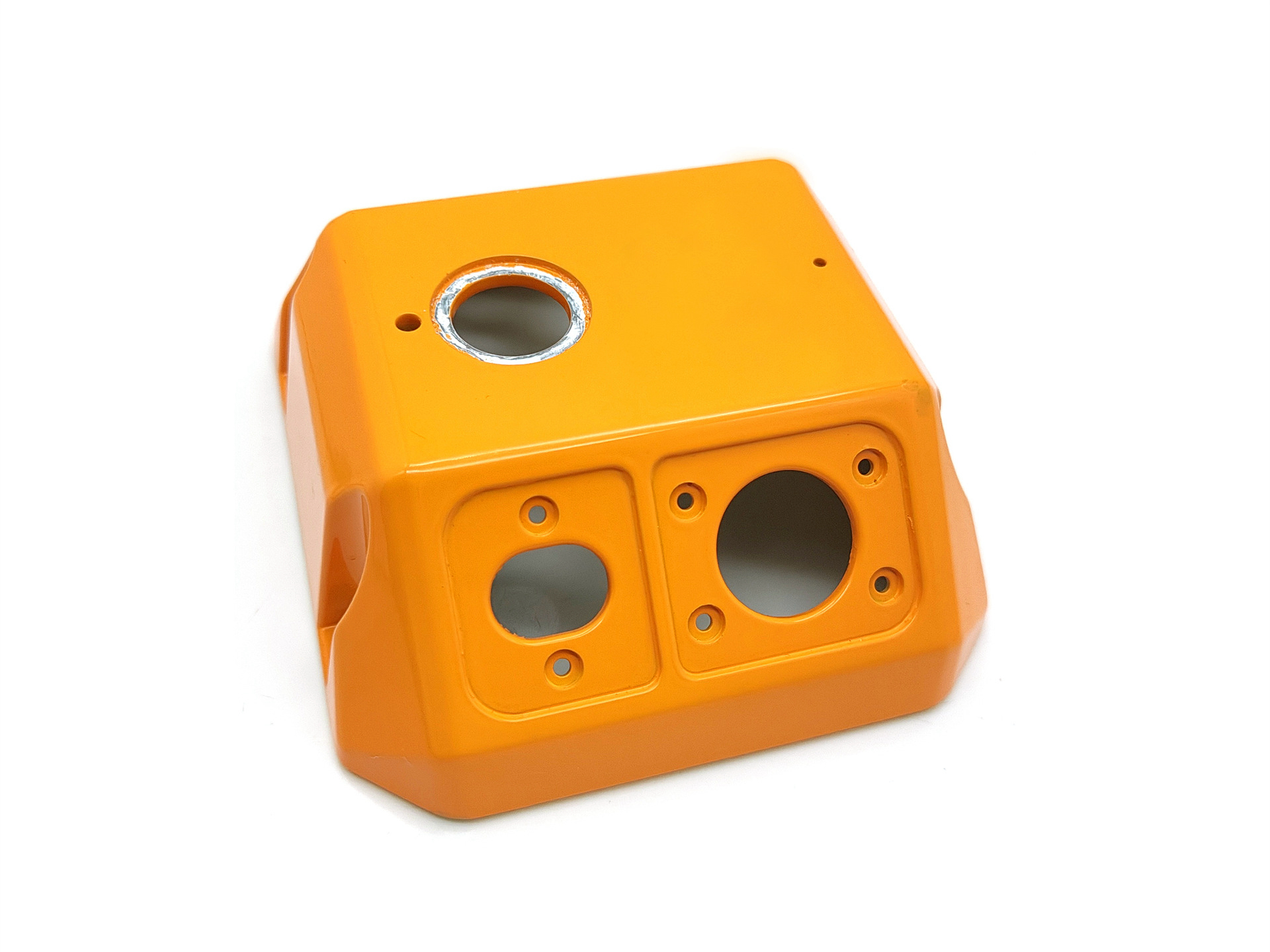Can I modify an existing part design to make it suitable for die-casting?
Yes, you can modify an existing part design to make it suitable for die-casting. However, doing so effectively requires a clear understanding of the process limitations, material behaviors, and tooling considerations. At Neway, we frequently help clients transition parts intended initially for machining, forging, stamping, or plastic injection molding into die-castable designs. This process involves Design for Manufacturability (DFM) analysis, feature optimization, and geometry adaptation tailored to high-pressure die casting.
Why Modifications Are Often Necessary
Die casting offers significant advantages in volume production, dimensional accuracy, and surface finish. However, its tooling and process dynamics constrain part geometry and material flow. Parts originally designed for CNC machining or plastic molding often have features that are either impractical or inefficient to produce using aluminum die casting or zinc die casting.
Common incompatibilities include:
Sharp internal corners
Undercuts requiring complex sliding cores
Inconsistent wall thicknesses
Overly tight tolerances not needed in casting
Key Modifications for Die-Cast Compatibility
Feature Type | Original Design Issue | Die-Cast Optimization Strategy |
|---|---|---|
Wall Thickness | Variable or thick solid sections | Standardize to 2.5–3.5 mm for aluminum, 0.8–1.5 mm for zinc |
Internal Corners | Sharp edges lead to stress and mold wear | Apply internal fillets with ≥1.5 mm radii |
Tolerance Overkill | Machined features specified at ±0.01 mm | Adjust to casting-grade tolerances (±0.10–0.20 mm typical) |
Undercuts | Blind holes or recesses not aligned with die motion | Redesign or split features to avoid complex tooling |
Bosses and Ribs | Solid posts prone to shrinkage defects | Use cored bosses and support ribs with 60–75% wall thickness |
DFM Review and Collaboration
Neway offers early-stage DFM consultations as part of its die casting design services. During this phase, engineers evaluate your existing model for compatibility and suggest modifications to improve:
Metal flow and fill characteristics
Thermal balance and solidification behavior
Tool accessibility and ejection mechanics
Designs are also reviewed for post-processing needs, including CNC machining if required for precision bores or threaded inserts.
Examples of Common Design Adjustments
Reducing Weight Without Compromising Strength
Thick or solid parts are re-engineered using internal ribs, gussets, or honeycomb geometries to reduce material usage while maintaining structural rigidity. For example, a 5 mm-thick wall may be redesigned as a 3 mm wall with ribbing, reducing casting cycle time and minimizing internal shrinkage porosity.
Tolerance Relaxation and Functional Control
Unnecessarily tight tolerances are re-evaluated. Non-critical surfaces can be cast to ISO 8062 CT6–CT8 grade, while critical fits are reserved for secondary machining operations. This balance helps reduce tooling cost and defect rates.
Part Consolidation
Die casting allows for integrating multiple machined or welded components into a single near-net-shape part. This reduces assembly complexity and enhances part strength. Common examples include integrating mounting brackets or heat sink fins directly into the housing body.
Material Reassessment
Part modification also includes re-evaluating material choices. A component initially designed in 6061-T6 aluminum (machined) may be replaced with A380 or AlSi12, which offer excellent castability and adequate mechanical strength:
A380: UTS ~310 MPa, good thermal conductivity
AlSi12: Excellent fluidity, used for thin-walled or complex geometries
Neway matches performance requirements to the most suitable die casting alloys, ensuring a seamless transition.
Simulation-Driven Validation
Once the modified design is complete, Neway performs mold flow simulation to verify gating layout, filling behavior, and thermal performance. This step reduces first-shot failure rates and ensures tooling investment is based on a validated geometry.
Simulation analysis includes:
Fill pattern visualization to prevent cold shuts
Hot spot prediction for shrinkage control
Air entrapment tracking to avoid porosity
Conclusion
Yes, an existing part can absolutely be modified to suit die casting, but it should be done with a clear strategy and expert input. Neway specializes in adapting parts for efficient, high-quality casting by applying DFM best practices, simulation tools, and material optimization. Engaging our team early allows your design to benefit from improved performance, lower cost, and faster tooling delivery—without compromising part functionality.



